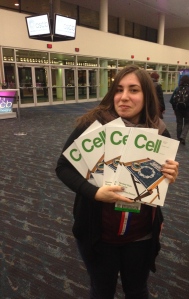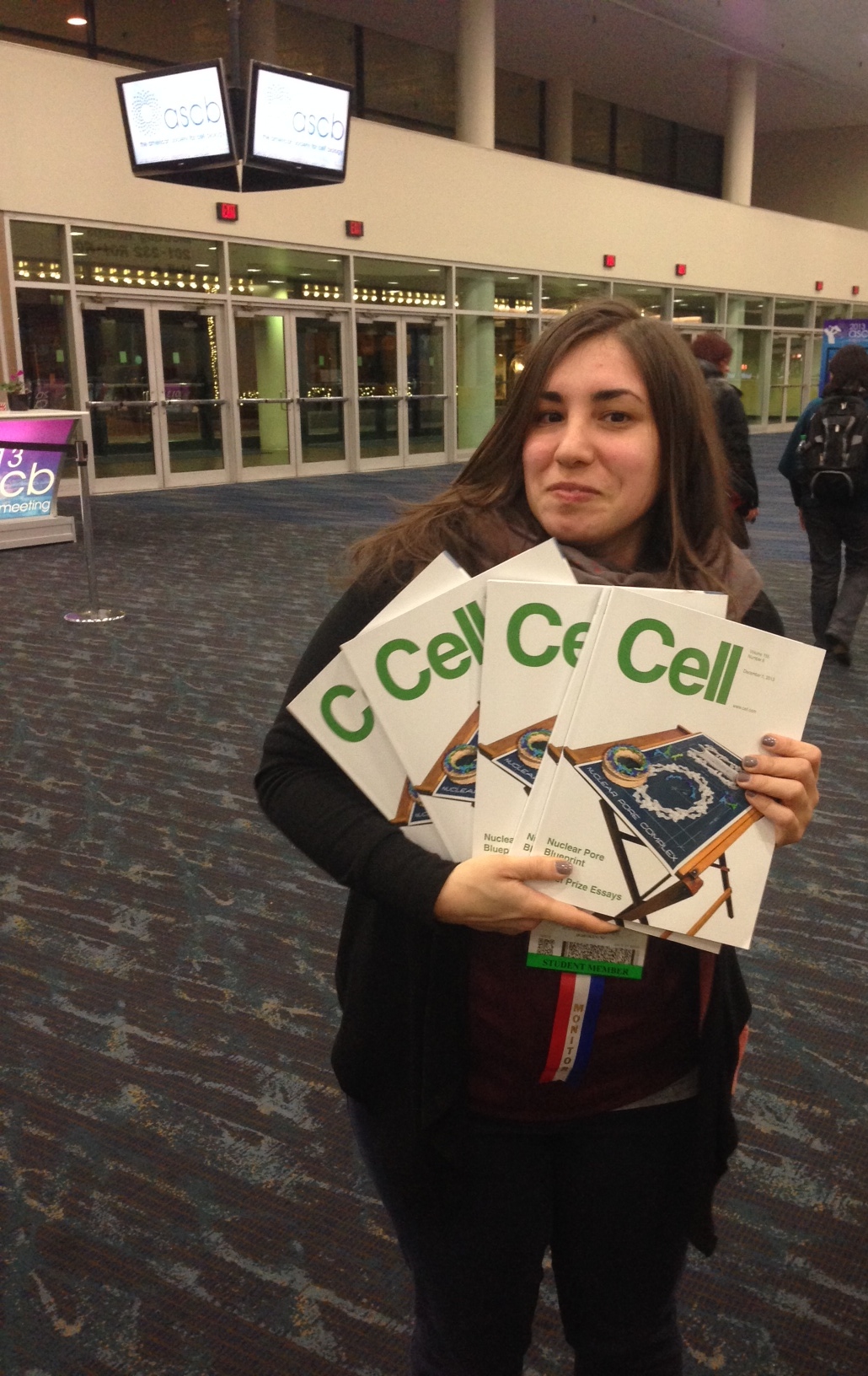
In the December 5, 2013 issue of Cell magazine, Assistant Professor at Stevens Institute of Technology Joseph Glavy and Martin Beck, leader of the European Molecular Biology Laboratory (EMBL) in Heidelberg, Germany, published their findings on the Nuclear Pore Complex (NPC). Entitled “Integrated Structural Analysis of the Human Nuclear Pore Complex Scaffold,” Glavy and Beck’s study discovered the cellular makeup of the NPC, “a fundamental component of all eukaryotic cells that facilitates nucleocytoplasmic exchange of macromolecules,” according to the paper. In short, the structural mystery that the NPC had presented scientists of the past decade was finally debunked, and there is now one less biological mystery to the existence of the human species.
The significance of the findings’ publication in Cell cannot be overstated, for the clarity provided by Glavy and Beck’s study on the NPC is a historic feat in the fields of biology and chemical biology. At a more local level, here at Stevens, the history books will list several names as co-authors and contributors to the discovery, one whose journey began in 2007 when she transferred to Stevens Institute of Technology.
Amanda DiGuilio came to Stevens in 2007 from the Borough of Manhattan Community College. As a transfer student with some “technical difficulties,” many of her credits in her chosen field of chemical biology did not transfer over. For DiGuilio, she actually relished at the opportunity to take her courses over again, for her chosen field was her true passion. “I knew what I wanted to do from the beginning,” explained DiGuilio.
In the library, DiGuilio began her journey studying during her work study hours. Within a year, DiGuilio had acquainted herself with everyone in the chemical biology department and grew close to one professor in particular, Professor Glavy.
A member of the Summer Scholars Program, DiGuilio discovered the opportunity to study abroad. When she asked Professor Glavy about studying abroad, he pointed her to a certain laboratory in Heidelberg, Germany, that of Martin Beck. In an almost cinematic way, DiGuilio became the bridge between Glavy and Beck’s research, a wonderful coincidence that would change the course of all three parties’ work and careers forever.
Having received credit for her time at the EMBL, DiGuilio was awarded the Robert Crooks Stanley Fellowship, which allowed her to pursue the research she began with Beck in Germany full-time. The trio of Glavy, Beck, and DiGuilio seemed to be on a fast-track to success, funding plentiful and much success in their research thus far.
However, when Hurricane Sandy ravaged the East Coast in late October 2012, the work of Glavy and Beck seemed to be permanently on hold, labs damaged and funding waning. With the diligence of DiGuilio though, research continued, because over the course of time after DiGuilio received her first Stanley Fellowship to Hurricane Sandy’s appearance, she received a second consecutive one, an extremely rare feat. After Hurricane Sandy, DiGuilio received a third Stanley Fellowship, an unprecedented accomplishment that not only kept the research alive, but also attests to the academic excellence and determination of DiGuilio.
With her third consecutive achievement of the Stanley Fellowship, DiGuilio experienced a slightly different experience in earning her Ph.D., allowed to focus entirely on research due to her outstanding accomplishments. DiGuilio credits Dean Charles Suffel for her allowance to focus solely on her Ph.D. work.
Now, the team’s findings have been published in Cell for a little over two months, and it is remarkable at how the research project and DiGuilio’s journeys intersected so perfectly for such great success. “It’s like you’re a rock star now,” remarked DiGuilio.” A publication with the equivalent notoriety of Nature or Science, Cell housing the team’s findings is only a partial testament to the importance that it bears. “I really think that the paper that just came out is one of the most important pieces of research in the past decade,” emphasized DiGuilio.
Throughout all of her success, DiGuilio has not forgotten those who supported her during her hours spent in the library studying and pushing in chairs. [Professor Glavy] trusted me enough to send me to Germany,” began DiGuilio, “[He] was really supportive.”
The work on NPC is just as important to Stevens as it is to the whole world. Not to understate the findings, but the story of Amanda DiGuilio and the Glavy-Beck research team is the epitome of Stevens Institute of Technology. “Research is a big part of what we do [at Stevens],” started DiGuilio, “You can come here as an undergrad [sic] and end up being a part of something like this.”
Like the script to a film of success, the adversity overcome by Glavy, DiGuilio, and Beck is miraculous, but not without intense work and dedication. The “happy coincidences” encountered by the trio would have meant nothing if not for their perseverance during the Hurricane Sandy catastrophe or DiGuilio’s consistent excellence in achieving the Stanley Fellowship.
Everybody scoffs at success stories because they seem to embody what an anecdotal cliché is. What was done here at Stevens with respect to the Nuclear Pore Complex is the farthest from a cliché – it’s reality.

Be First to Comment